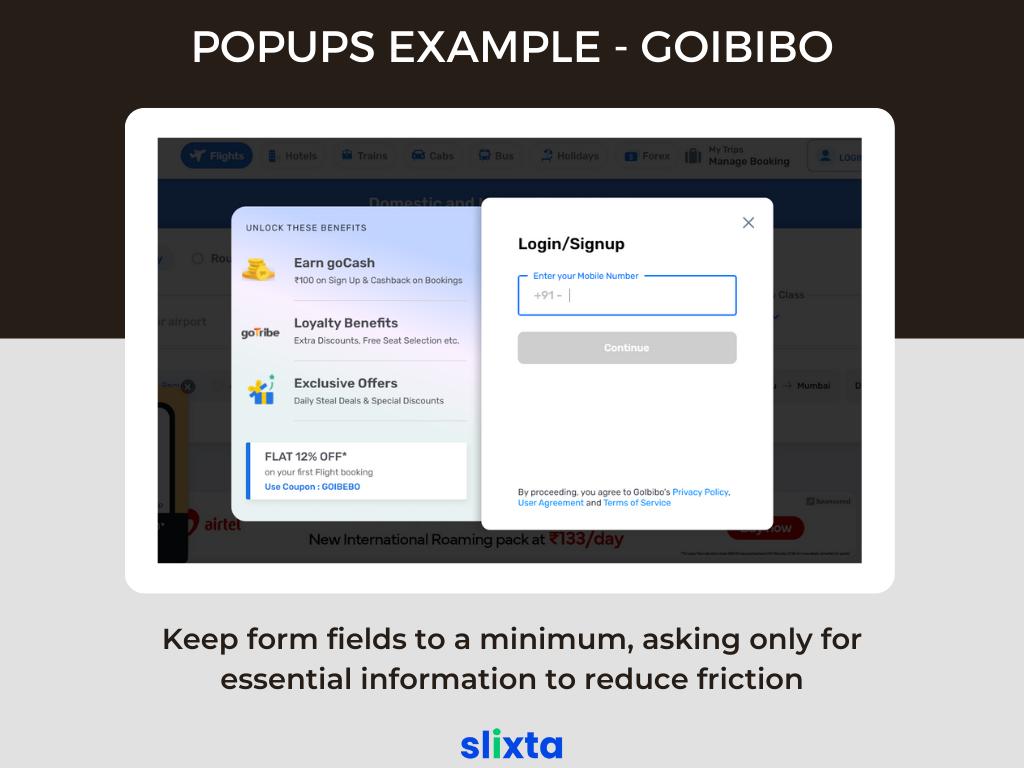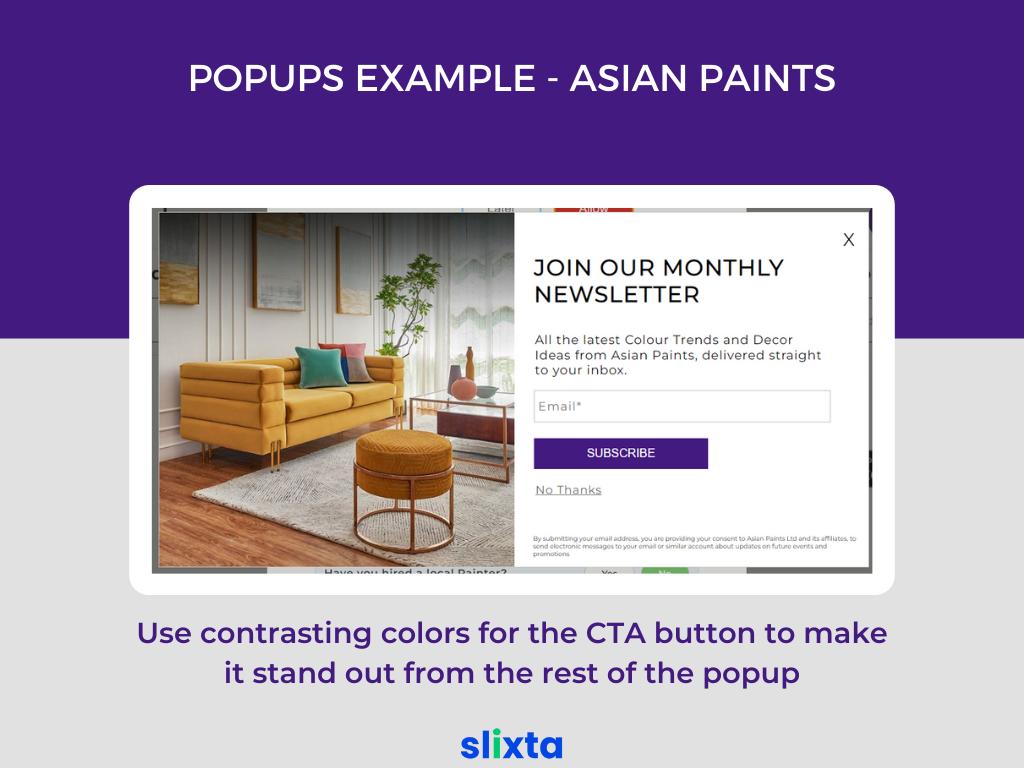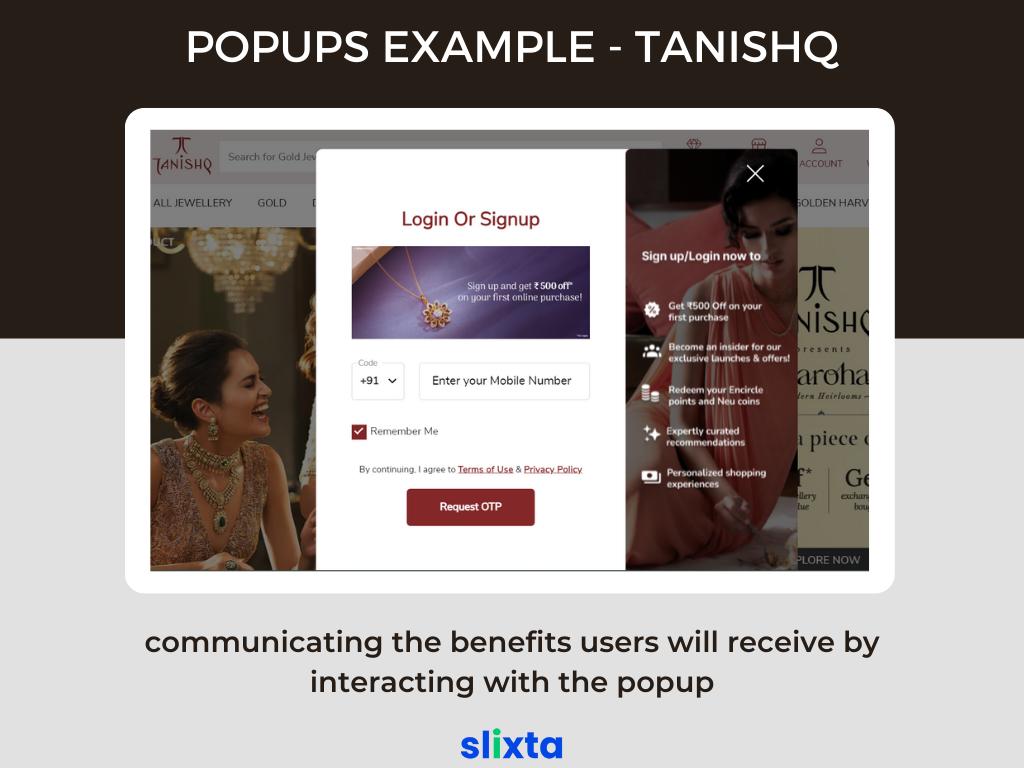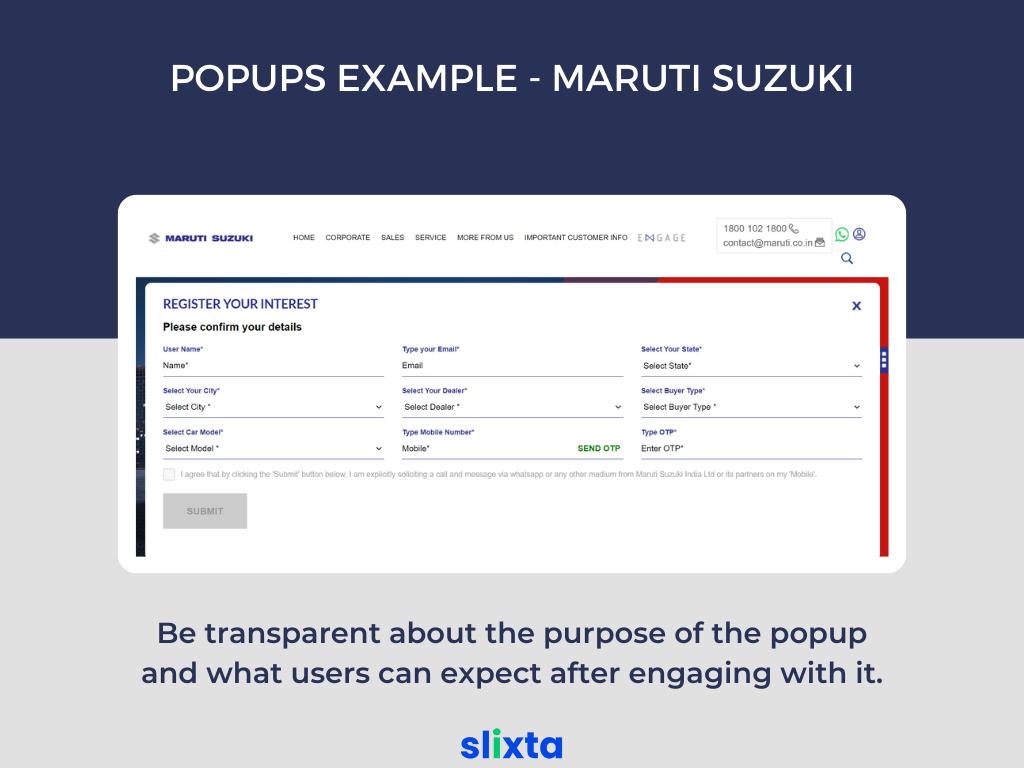Designing attention-grabbing popup campaigns involves focusing on simplicity, clear messaging, strategic timing, mobile responsiveness, and providing value to users. Employing eye-catching visuals, concise copy, and incorporating relevant incentives ensures that popups effectively capture and maintain user attention while delivering a positive user experience.
What Are the Best Practices for Designing Attention-Grabbing Popup Campaigns?
Popups are versatile tools used on websites and mobile apps to engage users and benefit brands in various ways. They help brands collect valuable leads by prompting email subscriptions and registrations. Popups are effective for promoting offers, preventing cart abandonment through exit-intent strategies, and encouraging social media engagement. They also facilitate gathering user feedback and showcasing new products or content, enhancing user experience by personalizing recommendations and ensuring compliance with privacy regulations through cookie consent and age verification popups. When used strategically with clear calls to action and mobile responsiveness, popups can effectively balance marketing goals with user experience, making them a valuable asset for online brands.
Best Practices for Designing Attention-Grabbing Popup Campaigns.
Timing and Triggering
- Exit-Intent Technology: Use exit-intent triggers to display popups when users are about to leave your site, offering them a reason to stay.
- Scroll Trigger: Trigger popups after users have scrolled a certain percentage down the page, indicating their interest.
- Time Delay: Implement time-based triggers, displaying popups after visitors have spent a specific amount of time on the site.
Clear and Compelling Headlines
- Craft concise and compelling headlines that clearly convey the value proposition or offer.
- Use persuasive language to create a sense of urgency or exclusivity, encouraging users to take action.
Engaging Visuals
- Use high-quality images and graphics that align with your brand identity and the popup's purpose.
- Incorporate eye-catching colors and visually appealing design elements to capture attention.

Simplified Forms
- Keep form fields to a minimum, asking only for essential information to reduce friction.
- Use smart form fields where possible, auto-detecting email formats or phone number types to enhance user experience.

Compelling Call to Action (CTA)
- Create clear and actionable CTAs using persuasive verbs.
- Use contrasting colors for the CTA button to make it stand out from the rest of the popup.

Mobile Optimization
- Ensure popups are responsive and visually appealing on mobile devices.
- Consider the limited screen space and design popups that don't obstruct the entire screen, allowing users to easily close them if they choose to.
Provide Value
- Offer something valuable to users, such as discounts, exclusive content, or useful information, in exchange for their engagement.
- Clearly communicate the benefits users will receive by interacting with the popup.

Respect User Experience
- Allow users an easy way to close the popup if they're not interested.
- Avoid displaying popups too frequently to prevent annoying visitors and potentially driving them away from the site.
Compliance and Transparency
- Ensure compliance with data protection laws by clearly stating how user data will be used (especially important for email subscriptions).
- Be transparent about the purpose of the popup and what users can expect after engaging with it.

Mobile-Friendly Design
- Prioritize mobile responsiveness to ensure popups are easily viewable and usable on various screen sizes and devices.
- Optimize font sizes, images, and buttons to fit smaller screens without losing readability or functionality.
Gamification Elements
- Integrate gamification elements like spin-to-win wheels, scratch cards, or quizzes to make the interaction more enjoyable and rewarding for users.
- Gamified popups can increase user engagement and create a sense of excitement, encouraging users to participate.
Personalization
- Use visitor data to personalize popup content. Address users by their names and tailor offers or recommendations based on their past interactions or preferences.
- Personalized popups can significantly increase user engagement and conversion rates.
Optimize Loading Speed
- Ensure that popups load quickly to prevent users from getting frustrated and abandoning the interaction.
- Optimize images and scripts to minimize loading times, especially on mobile devices with potentially slower internet connections.
Conclusion
Designing effective popups requires a thoughtful blend of creativity, user-centricity, and technical finesse. By implementing strategic triggers, creating compelling headlines, and incorporating engaging visuals, brands can capture user attention without being intrusive. It's crucial to optimize popups for mobile devices, ensuring seamless user experiences across various screens and browsers. Integrating gamification elements and personalization can enhance user engagement while maintaining consistent branding fosters trust and recognition. Through continuous testing and adaptation, brands can create popups that not only grab attention but also provide genuine value, fostering positive user engagements and contributing to overall brand success.
For more valuable insights and information, check out these recommended blogs:

